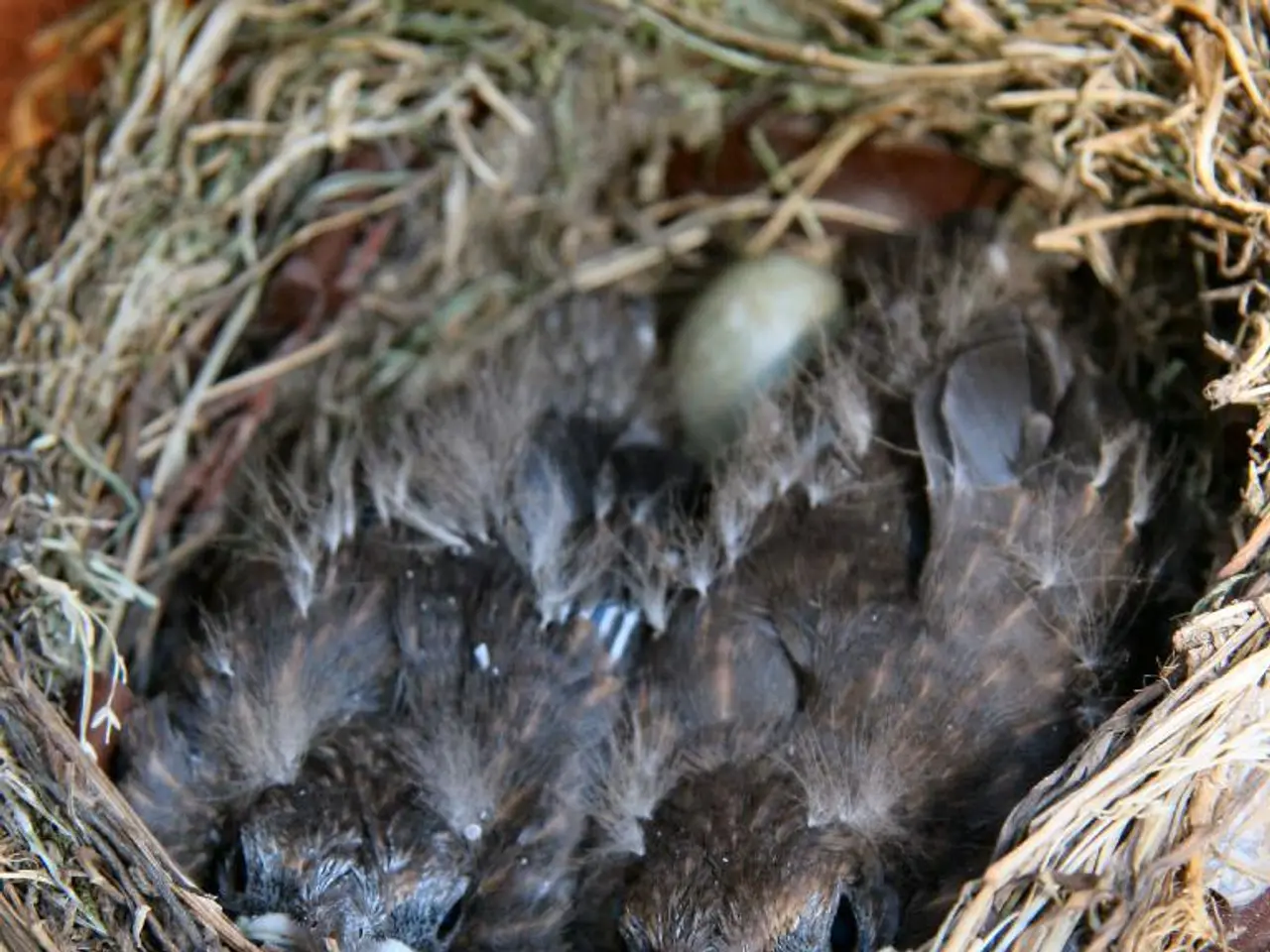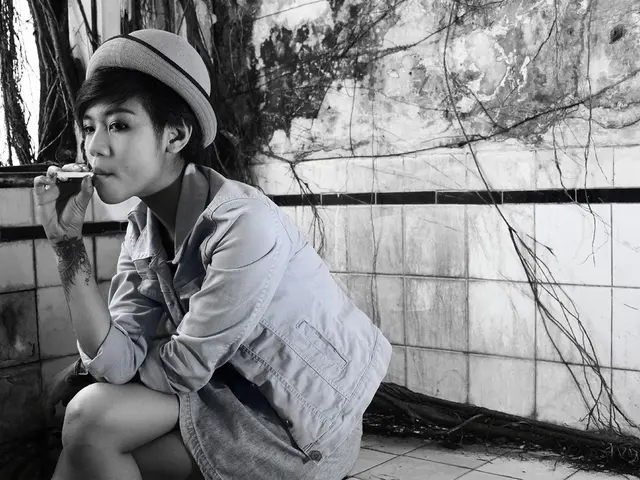Immature Cowbirds learn essential social cues from Matriarchal Figures
In a groundbreaking study, researchers at the University of Illinois Urbana-Champaign have shed light on the intricate social dynamics of Brown-headed Cowbirds, the only obligate brood parasite bird group in North America. The study, led by behavioural ecologist and PhD Candidate, Mac Chamberlain, aimed to understand how juvenile cowbirds develop proper social behaviour and species identity [1].
Contrary to the belief that juvenile cowbirds imprint on the first moving being they see as their parent, the new findings suggest that they seek out and follow adult female cowbirds [2]. This behaviour is crucial for the juveniles as they learn species-specific cues and social behaviours necessary for integration into cowbird communities.
Cowbirds, being brood parasites, lay their eggs in the nests of other songbirds and abandon them. As a result, early social and identity learning involves unique dynamics compared to typical parental care. Once fledged, juvenile cowbirds, identifiable by their muted brown plumage before they develop adult markings, rely heavily on adult female cowbirds to learn how to behave and interact socially with their own species [5].
These adult females often serve as social models, facilitating the juveniles’ understanding of their species membership and social norms that are vital for survival and reproduction among cowbirds. The study suggests that young cowbirds may be seeking out adult cowbirds with female characteristics, with no preference or knowledge of whether they are related [6]. This could help explain why the majority of juvenile cowbirds were more likely to be captured in the company of adult females [3].
Interestingly, upon hearing the female 'chatter' call, juvenile cowbirds are able to recognize other cowbirds, with female cowbirds' plumage being more similar in appearance to juvenile cowbirds than to male cowbirds [4]. This may further contribute to the young birds' preference for adult females.
The study, however, contradicts earlier findings that suggested captured adult-juvenile pairs were likely to be related. The study captured a total of 122 cowbirds over a period of three years, but only 2 of the 7 juvenile cowbirds were captured along with a relative [3]. This indicates that juvenile cowbirds may not necessarily be seeking out their biological relatives.
The study provides valuable insights into the complex social dynamics of Brown-headed Cowbirds. Future research could focus on understanding juvenile cowbirds' interactions with adult males during critical stages, filling in gaps in our understanding of their social development.
Sources: [1] Chamberlain, M., et al. (2022). Adult female cowbirds guide juvenile social development. Proceedings of the Royal Society B. [2] National Geographic. (2022, March 1). The mysterious social lives of cowbirds. National Geographic. [3] Science Daily. (2022, March 1). Cowbirds learn social behaviour from adult females, not parents. Science Daily. [4] Cornell Lab of Ornithology. (n.d.). Brown-headed Cowbird. All About Birds. [5] University of Illinois Urbana-Champaign. (2022, March 1). Cowbirds learn social behaviour from adult females, not parents. University of Illinois Urbana-Champaign News Bureau. [6] The Conversation. (2022, March 1). Cowbirds seek out adult females for social cues, not relatedness. The Conversation.
The groundbreaking study by Mac Chamberlain, a behavioral ecologist and PhD Candidate, reveals that juvenile Brown-headed Cowbirds, Molothrus ater, follow adult female cowbirds to learn life history traits and proper social behavior essential for their species identity, a behavior countering the previous belief [1][2]. This research, published in Proceedings of the Royal Society B, also sheds light on the role of science and ornithology in understanding the unique evolution and behavioral ecology of these birds [6].
On the other hand, health-and-wellness, fitness-and-exercise, and the broader field of science might benefit from the insights gleaned, as understanding the social development of Brown-headed Cowbirds could help us explore similar patterns in other species or even provide insights into human social dynamics [3]. The 'grrlscientist' leading this study could share her findings at talks centered around life, health, and wellness, inspiring others to pursue their own scientific endeavors.




